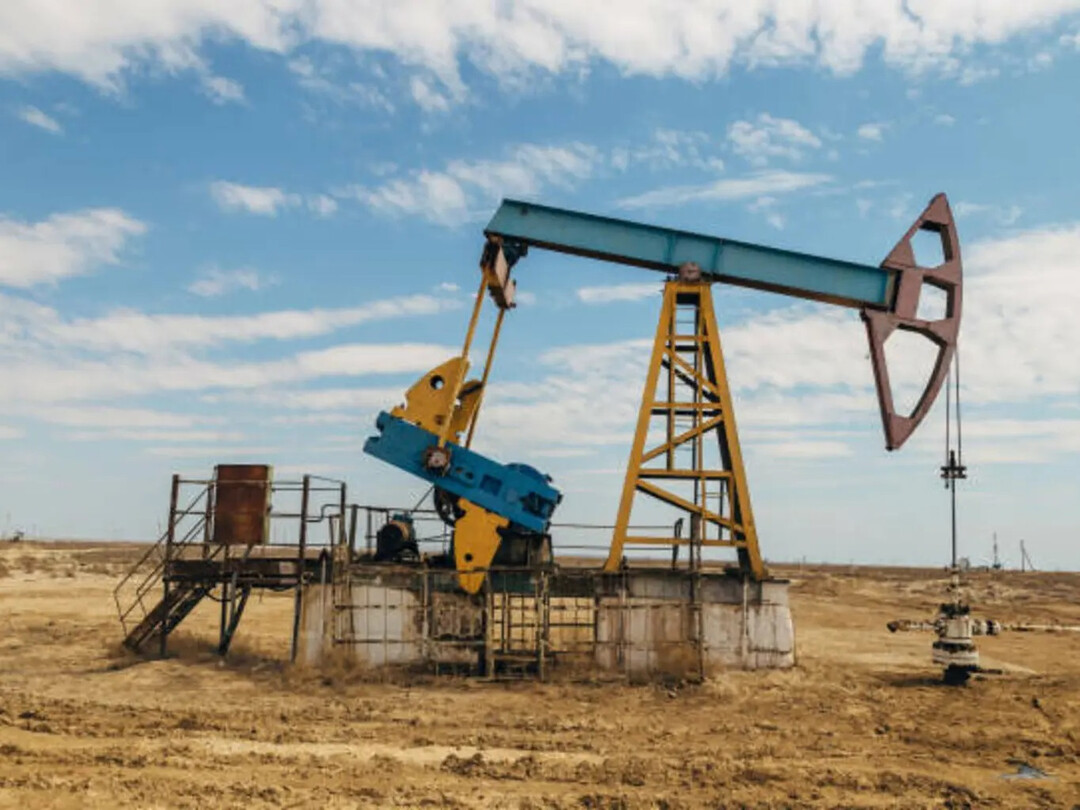
The acceleration of Argentina's Vaca Muerta shale development presents both challenges and opportunities for the supplier ecosystem. According to a study by the Argentine Institute of Oil and Gas (IAPG), expanding the capacity of the supply chain has emerged as a key challenge to effectively meet the medium and high-growth scenarios of Vaca Muerta's development.
Currently, of the approximately 10,000 companies that supply products and services to Argentina's 37 major oil and gas companies, about 80% are small and medium-sized enterprises (SMEs). They sell goods and services worth approximately $4 billion annually, with the largest share belonging to the metal products, oilfield services, and transportation sectors. In particular, advanced-technology upstream inputs are primarily supplied by foreign companies, which could create new business opportunities for local companies with the necessary technical expertise.
Looking at the oil development scenarios, the medium-growth scenario forecasts that the construction of the Vaca Muerta Sur pipeline and terminal will secure an additional transport capacity of 550,000 barrels per day by the end of 2027, reaching a total of 1.33 million b/d. In contrast, the low-growth scenario predicts that this project will be halted, leaving capacity at 783,000 barrels per day. In the upstream sector, the medium-growth scenario foresees an increase in shale oil and condensate production, peaking at approximately 1.5 million b/d by 2030. This figure is significantly higher than the current production of about 805,000 b/d.
Gas development also presents low, medium, and high-growth scenarios. The low-growth scenario is expected to remain at the current transport capacity of 101 million cubic meters per day (Mm³). However, the medium-growth scenario projects that TGS's compression project and TGN's pipeline connection will add a capacity of 40 million Mm³ per day by the end of 2028, reaching a total of 142 million Mm³. Notably, the high-growth scenario, which includes LNG projects, predicts that production will peak in 2032, approaching 300 million Mm³ per day. Argentina's current gas production is around 160 million Mm³ per day.
The sustained growth of Vaca Muerta necessitates strengthening production and technical capabilities throughout the supply chain, which is likely to be a crucial variable that will determine the future of Argentina's energy industry.
[Copyright (c) Global Economic Times. All Rights Reserved.]




























